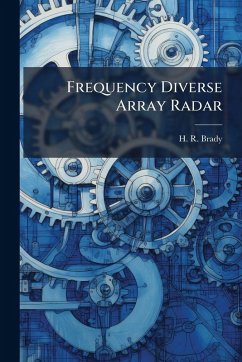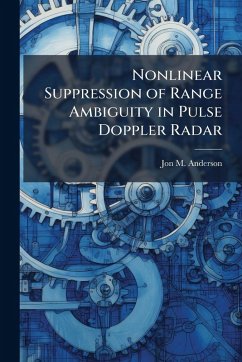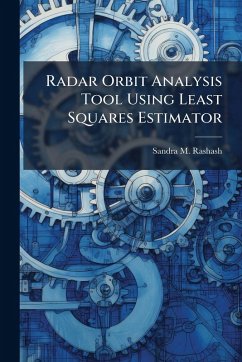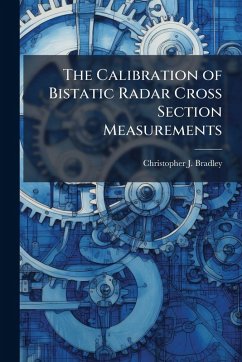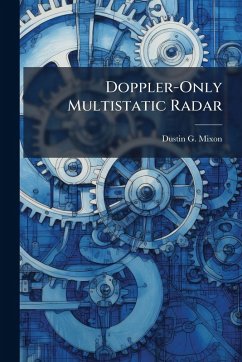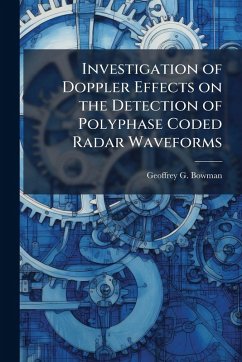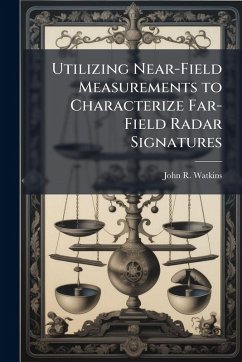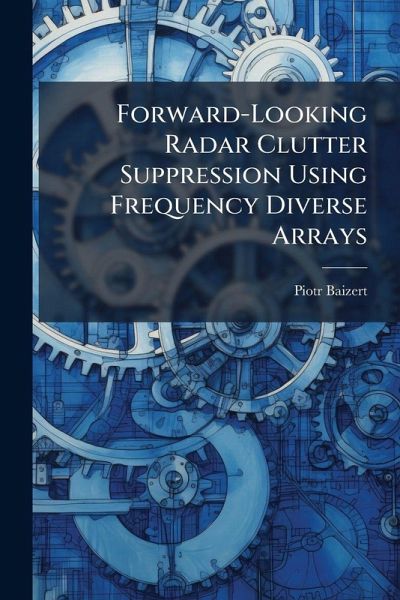
Forward-Looking Radar Clutter Suppression Using Frequency Diverse Arrays
Versandkostenfrei!
Versandfertig in über 4 Wochen
20,99 €
inkl. MwSt.
Weitere Ausgaben:

PAYBACK Punkte
10 °P sammeln!
Forward-Looking Airborne Radar (FLAR) Space-Time Adaptive Processing (STAP) has not achieved the same level of radar performance improvement as side- looking radar, because the ground clutter doppler-range dependence destroys the In- dependent and Identically Distributed (iid) assumption key to the STAP foundation. This thesis examines the Frequency Diverse Array (FDA), where each channel transmits and receives at a di erent frequency. The resulting range-dependent FDA antenna pattern is proposed to improve FLAR STAP performance. The planar FDA radar data model is derived and analytically veri...
Forward-Looking Airborne Radar (FLAR) Space-Time Adaptive Processing (STAP) has not achieved the same level of radar performance improvement as side- looking radar, because the ground clutter doppler-range dependence destroys the In- dependent and Identically Distributed (iid) assumption key to the STAP foundation. This thesis examines the Frequency Diverse Array (FDA), where each channel transmits and receives at a di erent frequency. The resulting range-dependent FDA antenna pattern is proposed to improve FLAR STAP performance. The planar FDA radar data model is derived and analytically veri ed to be equivalent to the constant frequency data model when each element frequency is set to the same value. The linear FDA at high platform altitude provides signi cant bene ts by reduc- ing the range ambiguous clutter contribution, improving target detection by 10 dB at the range ambiguous clutter notch. This work has been selected by scholars as being culturally important, and is part of the knowledge base of civilization as we know it. This work was reproduced from the original artifact, and remains as true to the original work as possible. Therefore, you will see the original copyright references, library stamps (as most of these works have been housed in our most important libraries around the world), and other notations in the work. This work is in the public domain in the United States of America, and possibly other nations. Within the United States, you may freely copy and distribute this work, as no entity (individual or corporate) has a copyright on the body of the work. As a reproduction of a historical artifact, this work may contain missing or blurred pages, poor pictures, errant marks, etc. Scholars believe, and we concur, that this work is important enough to be preserved, reproduced, and made generally available to the public. We appreciate your support of the preservation process, and thank you for being an important part of keeping this knowledge alive and relevant.



